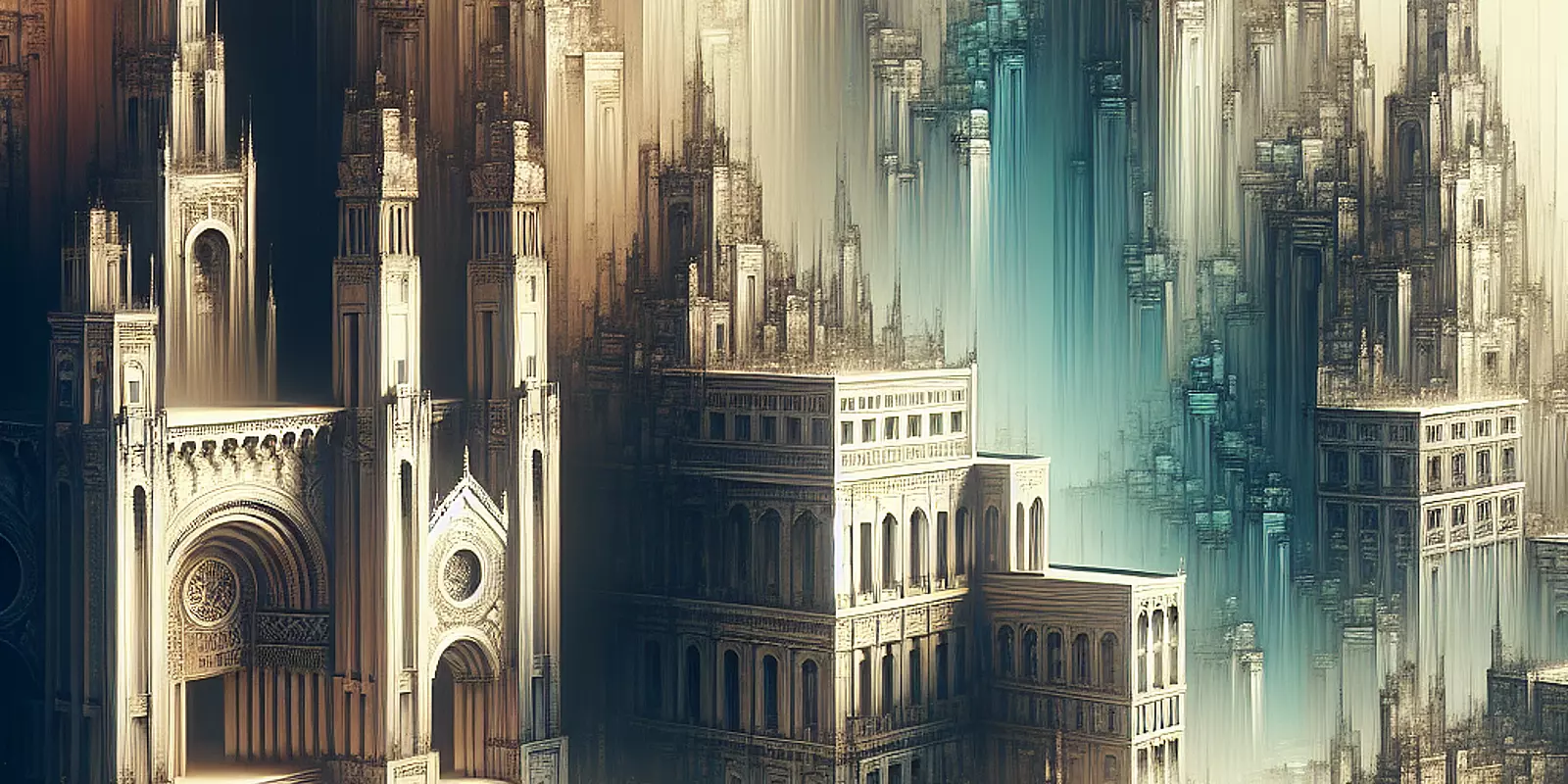
In the world of architectural visualization, capturing depth and realism is essential for creating engaging and persuasive images. These visualizations serve as more than just detailed drawings; they are stories crafted to evoke emotions, offering viewers a journey through carefully designed spaces. Many beginners face challenges in achieving this level of depth and realism due to common mistakes such as inadequate lighting, poor texture quality, and unbalanced compositions. By overcoming these obstacles, aspiring architectural visualization artists can enhance their work, turning simple images into meaningful experiences that genuinely reflect an architect's vision and speak to potential clients. In this guide, we'll explore essential techniques and provide practical examples to help you excel in this fine art.
Depth is a vital component in architectural visualization as it significantly shapes viewer perception and enhances the overall impact of a rendering. It's not just about spatial arrangements; it's about creating the illusion of a three-dimensional world on a two-dimensional surface. Imagine a city street rendering where tall structures are placed further back and shrouded in fog—this setup not only adds a sense of distance but also draws viewers into the story of the urban environment.
Depth contributes to realism by mirroring how our eyes perceive the real world: distant objects appear smaller and more muted, while closer ones are larger and bolder. By applying techniques such as atmospheric perspective and occlusion, designers can replicate this natural view, instilling a sense of reality that resonates with viewers. Mastering depth enhances not just aesthetic appeal but also the design's narrative strength, allowing architects and clients to engage deeply with envisioned spaces.
Lighting plays a pivotal role in 3D architectural rendering, transforming a straightforward image into a vibrant lifelike setting. Proper use of natural and artificial lighting adds to realism and alters perception of space. For instance, sunlight filtering through office windows creates dynamic shadows that define the shape and context of a space. Likewise, choosing between warm incandescent bulbs for a cozy home feel or cold fluorescents for a commercial space can create inviting contrasts and emphasize key features.
Experimenting with different sky conditions can also convey varying moods—clear skies might suggest optimism, while overcast ones can introduce drama. Understanding the impact of color temperature on emotions allows visualization artists to craft more inviting or tension-filled environments. Mastering these lighting techniques is vital to elevating the viewer's experience, making the spaces depicted feel tangible.
Textures are fundamental to the success of realistic architectural visualization, serving as the backbone that influences a render's authenticity. A well-selected texture can imbue a space with life and nuance that simple color schemes can't achieve. For instance, applying a richly detailed wood grain texture to a floor makes a residential scene more immersive than a flat, generic brown surface.
It's imperative to source high-quality textures offering sharp resolution and detail. Websites like Texture Haven provide diverse options suited to various architectural styles and materials. Considering physical properties such as reflectivity, bump, and normal maps is also crucial as they impact light interaction with surfaces. Using procedurally generated textures or those scanned from real-world materials can deliver a unique quality that surpasses generic options, enriching the visual and immersive aspect of your work.
As we wrap up our exploration into achieving depth and realism in 3D architectural rendering, remember the key elements discussed: effective lighting, high-quality textures, and strategic element placement are cornerstones of compelling visual storytelling.
Looking ahead, the integration of virtual reality (VR) and augmented reality (AR) presents exciting opportunities in immersive experiences, revolutionizing client presentations and decision-making processes. Additionally, AI-driven rendering software offers the promise of streamlining workflows, allowing architects and designers to focus more on creativity. Staying at the forefront means adapting to these advancements, enhancing skills to meet growing expectations. The future of architectural visualization holds promise for expanding possibilities and creativity in expressing the built environment.